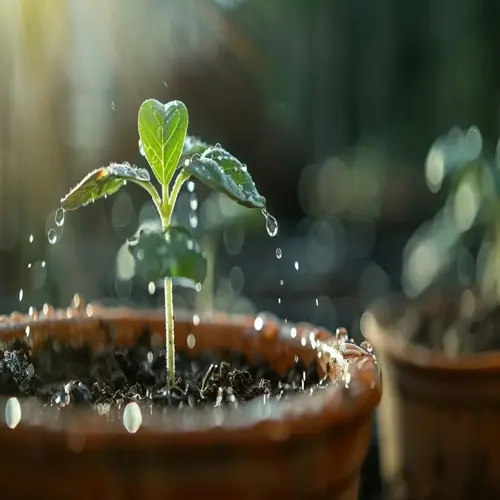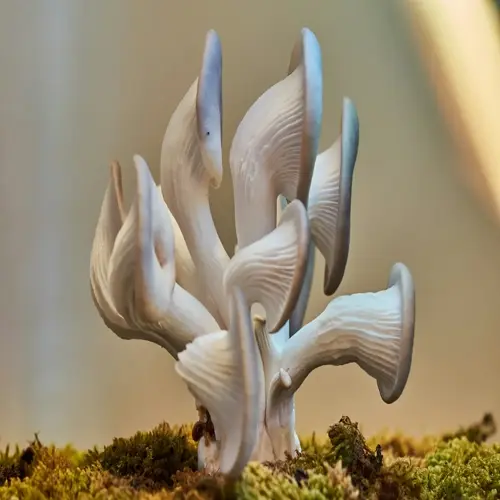How can I increase pepper yields in containers?

Written by
Tina Carter
Reviewed by
Prof. Charles Hartman, Ph.D.Maximizing yields of peppers in containers requires specialized methods designed for limited growth space. Restrictions on container size mean that all resources go towards the production of fruit. Therefore, I've doubled my harvest using special techniques that enhance nutrient levels, increase pollination success, and boost plant energy. Specialized attention turns small plants into prolific producers!
Nutrition Management
- Apply high-phosphorus fertilizer when flowers first appear
- Use potassium-rich feeds during fruit development
- Supplement with Epsom salt sprays for magnesium
Pollination Enhancement
- Gently shake plants daily during flowering
- Attract bees with companion flowers nearby
- Use small paintbrush for manual pollination
Energy Allocation
- Remove early flowers to strengthen plants first
- Prune non-fruiting branches regularly
- Pinch terminal buds to encourage bushier growth
Fertilize with a plan. Fertilize when it's most needed. Start with balanced nourishment for root and leaf growth. When the flowers bloom, switch to harvesting boosters that are rich in phosphorus. When the crop is fruiting, focus on potassium for greater size and taste. I put liquid seaweed once a week for mineral sourcing.
Enhance the chances of fruit set by increasing pollination efficiency. If possible, gently shake each plant in the morning, ideally when humidity is high. This encourages the pollen to be released. Position containers where bees regularly visit or plant flowers for nectar near this spot. For indoor peppers, use a soft brush to move pollen between flowers.
Control energy transference in the plant through selective pruning. Remove early flowers to divert energy to root growth. Pinch out terminal buds, stimulating lateral growth that will support additional fruit. Trim non-fruit-bearing productive branches once a week to enhance airflow and light penetration to the plant.
Maximize productivity by adjusting microclimate conditions. Place containers against brightly-colored walls that reflect additional sunlight. Apply mulch to control soil temperature and moisture levels. Rotate plants to provide even light levels. Each of these tweaks will provide the best conditions for productive fruiting.
Read the full article: 10 Expert Tips: How to Grow Peppers in Containers

